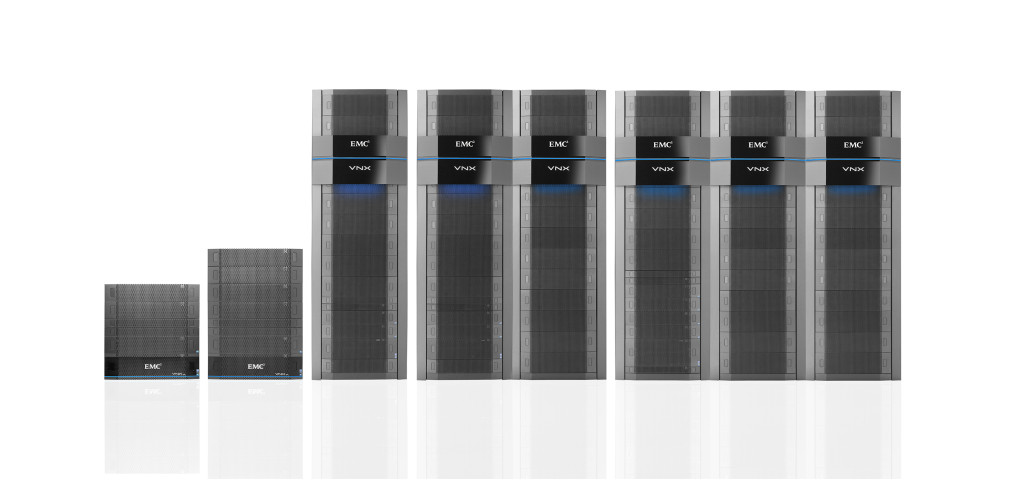You’ve no doubt heard about the revolutionary new VNX Series announced today during an around-the-world, 24-hour live broadcast from Milan Italy… (here’s a link to view the broadcast).
Here’s what a partner had to say…
And here’s what customers are saying about real-world results…
So how do you build midrange storage that can deliver up-to thousands of virtual machines per array, supporting mixed application workloads while keeping costs down? On the server side, Intel is driving performance with multi-core technology. Our challenge was to design a storage solution that exploits multi-core technology to unlock the full power of flash while leveraging the cost benefits of near-line disk drive capacities.
One approach has been to add flash drives to a traditional HDD based array. While this approach has delivered some benefits, the much more comprehensive and correct approach is a clean sheet design that’s optimized for flash and adds HDDs. This provides the best of all worlds – highest performance, lowest latency and lowest $/GB. Which is exactly what we did with the new VNX. We also developed MCx (dynamic multicore optimization) software that distributes all VNX data services across all cores—up to 32. This takes full advantage of the latest Intel multi-core technology.
Let’s look at the results…
NAS Performance
A new SPECsfs2008_nfs result was just published for a VNX8000 system resulting in 580,796 Ops/Sec (Overall Response Time = 0.78 msec). Compare this to the previous result of 497,623 Ops/Sec (Overall Response Time = 0.96 msec) using a VNX VG8 gateway with four arrays. What is significant is that the new VNX systems beat the old number with a single array – which is really what an end user would purchase…with a dramatic reduction in overall latency.
These file performance improvements are especially important for transactional NAS applications – VMware over NFS, Hyper-V over CIFS, Oracle over NFS – that require high-performance transactions at the lowest latency. The new VNX system has reduced NAS latency by up to 60%.
Virtualization Performance
Virtualization performance is also critical for midrange storage. The previous generation of VNX systems supported 1,100 VMs—the new VNX system supports 6,600 VMs—a 6X improvement. But performance is only part of the story. According to a recent Wikibon study on VMware storage integration, the VNX was named #1 in VMware integration in each of the three categories – general, block-only and file storage – for the 3rd year in a row.
Mixed Workload Performance
A recent Demartek study showed the new VNX running a virtualized mixed workload of SQL OLTP and Oracle OLTP with a total of over 735K IOs/sec. The VNX system also delivered over 300K SQL IOPs concurrently with over 10GB/s bandwidth for Oracle data warehousing. In addition the study shows how the addition of XtremSW Cache 2.0 improved performance with 31% more IOPS, and more importantly, 65% lower latency.
These powerful new arrays are available today, and are supported by EMC VSPEX (and the soon to be announced VCE vBlock systems).
Stay tuned here for more exciting results and customer testimonials in the coming weeks…
And in the meantime, view the new DataCrunchers Speed2Lead Unified Storage Road Race!
